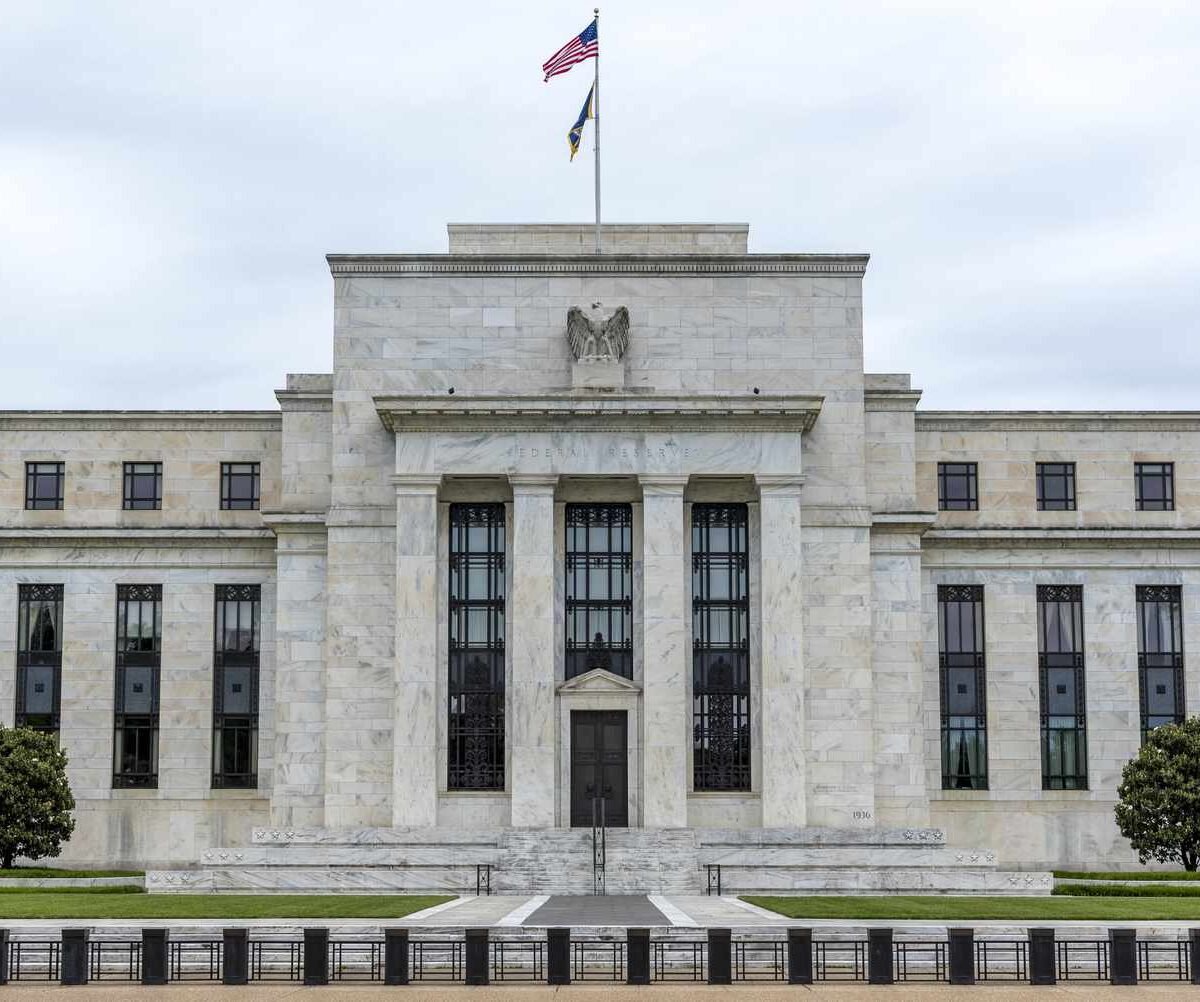Crypto currencies and blockchain technology have exploded in popularity in recent years. More and more people are using digital currencies like Bitcoin and Ethereum. Meanwhile, the technology behind these coins called blockchain is transforming industries.
Experts say blockchain has the potential to completely change banking and finance. Blockchains are decentralized networks that allow digital transactions without banks or payment companies controlling them. This emerging technology is sometimes called a “trust machine” because blockchains record transactions in a secure, transparent way.
In this blog post, we’ll look at how blockchains can expand access to financial services and what impacts they may have on traditional banking.
Blockchain’s Potential for Financial Inclusion
Blockchain technology could help bring affordable financial services to billions of unbanked and underserved people globally. About 1.7 billion adults worldwide lack access to a basic bank account. However, an estimated two-thirds of them own a mobile phone that could provide financial access.
Blockchains can deliver banking services through mobile apps without brick-and-mortar branches. Smart contracts on blockchains can automate processes like lending. This reduces costs so financial services can be profitable for low-income customers.
Some projects expanding financial access using blockchain include:
Grassroots Economics – A nonprofit helping communities in Kenya use digital currencies for local trade and banking
Celsius Network – A lending platform allowing crypto asset-backed loans
Everex – A company offering cross-border payments, lending, and remittances with blockchain and crypto
Decentralized credit scoring algorithms are also being developed. These use an individual’s digital financial trail rather than traditional criteria to assess creditworthiness. This could open lending access for unbanked people lacking official IDs or formal credit histories.
Blockchain’s Impact on Traditional Banking
Experts say it’s not a question of “if” but “when” blockchain technologies transform banking. However, they caution the timeline is long.
For starters, blockchains can reduce payment costs by cutting out middlemen. On public blockchains, transactions are validated, cleared, and settled peer-to-peer without banks controlling the process. Fees are just pennies compared to typical credit card fees of 2-3%.
Blockchain systems also tend to be more:
Decentralized – No single entity controls the network
Innovative – New ideas and projects emerge rapidly
Interoperable – Networks can interact with each other
Borderless – Services work across countries
Transparent – Transactions are viewable on public ledgers
However, don’t expect blockchain to replace core banking capabilities soon. The timeline for this transition is “extremely long” and could take possibly up to 15-20 years. Banks still maintain key advantages in areas like compliance, product configuration, and integrating with national payment systems.
Blockchain’s Applications in Financial Services
While blockchain may not replace banks quickly, it can transform financial services in many ways including:
Remittances – Money transfers across borders with cryptos rather than traditional wire services
| Provider | Transfer Time | Fees |
| Banks | 3-5 days | 5-10% of amount |
| Blockchain | < 1 hour | < 1% of amount |
Lending & credit – Algorithmic credit scoring and crypto-backed loans without traditional underwriting
Exchanges & trading – Secure, near-instant digital asset trading outside traditional stock exchanges
Payments – Fast blockchain payments instead of card network payments
Tokenization – Representing real assets like gold or real estate on blockchains
New decentralized finance (DeFi) models are also emerging allowing peer-to-peer transactions with no financial institutions as intermediaries.
Challenges and Limitations of Blockchain in Finance
While promising, blockchain still has hurdles to overcome before mainstream adoption in finance including:
Regulatory uncertainty – Laws and compliance standards are still being developed for cryptos and blockchain providers
Need for standardization – Networks today don’t interoperate limiting services
Scalability – Blockchains need to handle vastly higher transaction volumes
Privacy issues – Public ledgers show all transactions publicly
Security risks – Programming bugs and hacks have led to major crypto losses
So while blockchain brings short-term upgrades in cryptography, the technology likely needs bigger breakthroughs before replacing core banking functions.
Conclusion
Blockchain technology could leapfrog traditional banking and drive financial inclusion for the underserved globally. However, transforming core banking capabilities likely remains years if not decades away.
Ongoing blockchain innovation brings more secure payments, lending access, and asset transfers for individuals. And decentralized finance models outside traditional banking continue emerging. Still, regulatory and technology hurdles persist.
The path forward for crypto and blockchain in finance includes addressing scalability, privacy, and security while clarifying laws. With progress in these areas, blockchain promises to expand financial access and efficiency in groundbreaking ways. But a wholesale replacement of banks could be a long haul.





